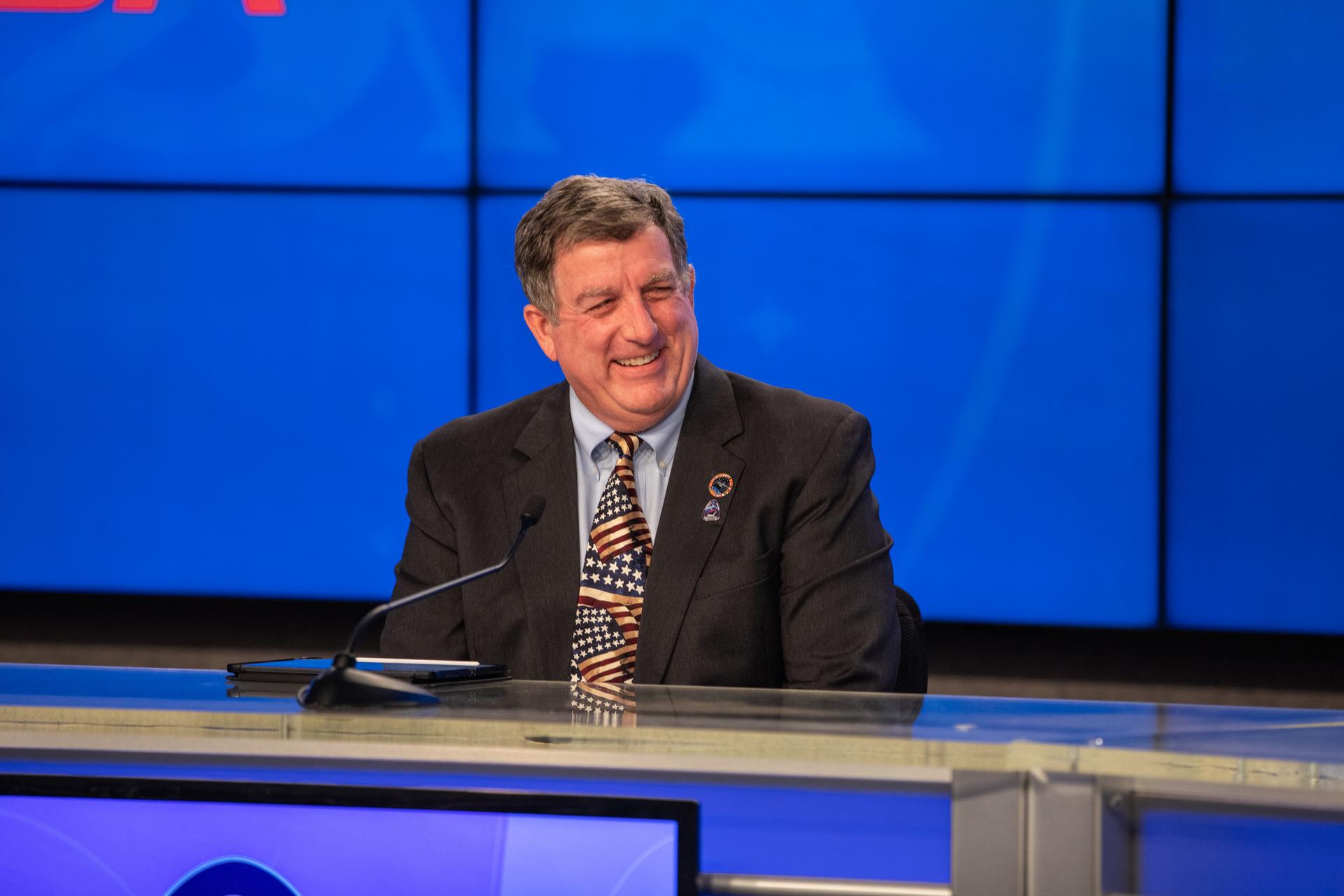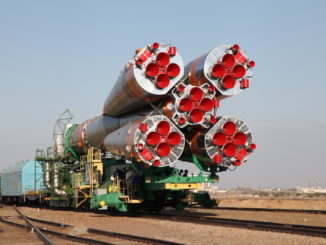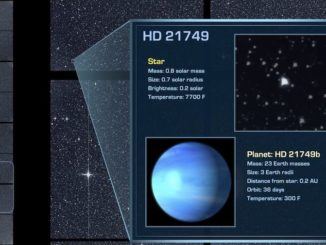
Kirk Shireman, NASA’s program manager for the International Space Station, is retiring from the space agency later this month to take a position in private industry.
NASA has appointed Joel Montalbano, the deputy ISS program manager, to take over as acting program manager effective June 26, when Shireman is scheduled to leave the agency.
Shireman has served as ISS program manager at NASA’s Johnson Space Center in Houston since 2015, when he replaced Mike Suffredini as head of the space stage program. Suffredini held the job from 2005 until 2015 before leaving to take over as chief executive of Axiom Space, a Houston-based company that seeks to fly commercial astronauts to the space station, and eventually build a privately-operated space complex in low Earth orbit.
The departure of Shireman from NASA comes weeks after the abrupt resignation of Doug Loverro as head of NASA’s human spaceflight directorate in Washington. Sources said Loverro left the agency after breaking procurement guidelines during a competition for contracts to build a human-rated lunar lander for NASA.
Kathy Lueders, who managed NASA’s commercial crew program, was named as Loverro’s replacement last week by NASA Administrator Jim Bridenstine.
Shireman’s retirement from NASA is not believed to be related to the changes at NASA Headquarters, sources said.
“Kirk has dedicated 35 years of his career advancing and improving human spaceflight, and doing it in a collaborative way,” Lueders said in a statement. “The relationships he has fostered within NASA, and with our international and commercial partners, have made the International Space Station a model for the incredible achievements possible through global cooperation.
Shireman managed a program with an annual NASA budget of more than $3 billion — including operations and crew and cargo transportation costs — alongside 15 international partner nations. He was previously deputy director of the Johnson Space Center, and served as deputy ISS program manager from 2006 until 2013.
After joining NASA in 1985, Shireman worked in the space shuttle program until joining the team developing the International Space Station in 1994.
“It has been the honor of a lifetime to have worked through the development of the International Space Station from a fledgling facility to a world-class laboratory,” Shireman said in a statement. “The International Space Station will continue to expand and thrive in the years ahead, laying the groundwork for future explorers moving forward to the moon, improving life on Earth, and opening up low-Earth orbit commercial activity and growing a robust economy there.
“These fantastic, dedicated people together with our international partners have been the highlight of my professional career,” Shireman said. “I truly believe ISS has earned a place in history as the most complex human engineering achievement of all time.”
During Shireman’s tenure as ISS program manager, NASA and commercial partners SpaceX and Boeing advanced development of new commercial crew taxis to ferry astronauts to and from the space station. On May 30, SpaceX’s Crew Dragon spacecraft became the first commercial spaceship to launch astronauts into orbit, and the capsule docked with the space station May 31, delivering Doug Hurley and Bob Behnken for a multi-week stay at the complex.
Shireman has not said what job he is taking in private industry.
“I thank Kirk for his service to America’s space program,” Lueders said. “I am confident Joel’s leadership of this program will continue to expand the role of the space station as a national asset for exploration, science, and commercial use.”
Montalbano, who joined NASA in 1989, was director of NASA’s Human Spaceflight Program in Russia from 2008 to 2012, and served as a NASA flight director in Houston from 2000 to 2008.
Email the author.
Follow Stephen Clark on Twitter: @StephenClark1.



